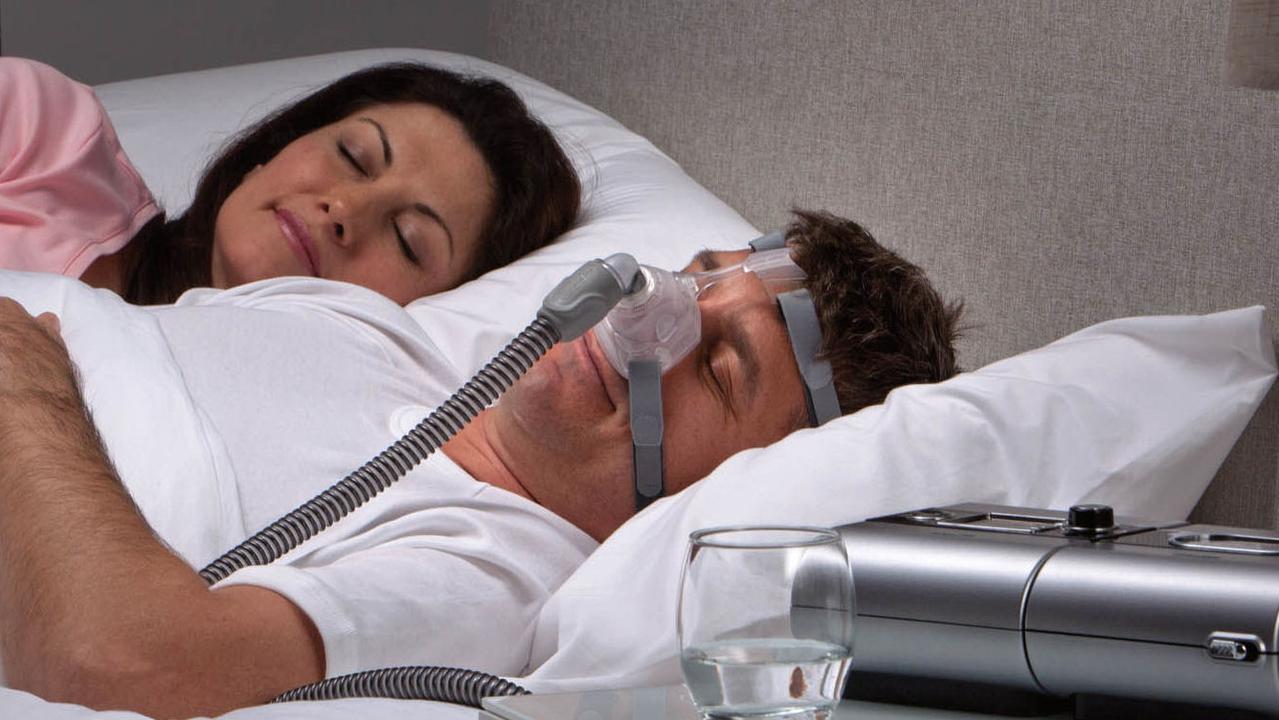
The decision to undergo LASIK surgery is a significant one. After all, it is a procedure that can greatly improve your vision and reduce your reliance on glasses or contact lenses. However, the success of your LASIK surgery doesn’t just depend on the procedure itself. It also relies on the care and precautions you take during the recovery process. In this article, we will discuss the tips for a smooth recovery and optimal results after LASIK surgery.
Understanding the LASIK Procedure
Before we delve into the recovery process, let’s briefly understand what the LASIK procedure entails. LASIK stands for Laser-Assisted In Situ Keratomileusis, and it is a surgical procedure that corrects refractive errors by reshaping the cornea using a laser. It is a relatively quick and painless procedure that can correct nearsightedness, farsightedness, and astigmatism.
The Science Behind LASIK
The success of the LASIK procedure lies in the precise reshaping of the cornea. The cornea is responsible for bending and focusing light onto the retina, allowing us to see clearly. By altering the shape of the cornea, LASIK corrects the refractive errors that cause blurry vision. This reshaping is done using a laser, which removes a small amount of corneal tissue, allowing for the desired correction.
During the LASIK procedure, the eye is numbed with anesthetic eye drops to ensure your comfort throughout. Your surgeon will then use an instrument known as a microkeratome or laser to create a small flap in the cornea. This flap is gently lifted, and the laser is used to reshape the cornea. Once the cornea is reshaped, the flap is put back in place, and the procedure is complete.
But how does the laser actually reshape the cornea? The laser used in LASIK is an excimer laser, which emits a cool ultraviolet light beam. This beam is so precise that it can remove tissue from the cornea in microscopic amounts, allowing for precise reshaping. The laser is programmed with the specific measurements and corrections needed for each individual’s eyes, ensuring a customized treatment.
Before the laser is used, the surgeon creates a thin flap in the cornea. This flap is like a hinged door that provides access to the underlying corneal tissue. By creating this flap, the surgeon can perform the reshaping without removing the entire outer layer of the cornea. This not only speeds up the healing process but also reduces the risk of complications.
Once the flap is created, the surgeon uses the laser to remove tiny amounts of corneal tissue. The laser pulses for a fraction of a second, vaporizing the tissue in a controlled manner. The laser’s precision allows it to remove tissue with incredible accuracy, ensuring that the desired correction is achieved.
After the cornea has been reshaped, the surgeon carefully repositions the flap back onto the cornea. The flap adheres naturally without the need for stitches, thanks to the cornea’s natural healing properties. This flap acts as a protective barrier, promoting faster healing and reducing discomfort.
Overall, the LASIK procedure is a remarkable combination of advanced technology and surgical skill. It offers a safe and effective solution for those seeking freedom from glasses or contact lenses. By understanding the science behind LASIK and what to expect during the procedure, you can approach your LASIK journey with confidence and excitement.
Immediate Post-LASIK Care
Following the LASIK procedure, it is crucial to take proper care of your eyes to ensure a smooth recovery. The first 24 hours are particularly important, and you must follow a few do’s and don’ts to promote healing and prevent complications.
First 24 Hours: Do’s and Don’ts
DO: Rest your eyes as much as possible. After undergoing LASIK surgery, your eyes need time to heal and adjust to their new shape. Avoid any activities that may strain your eyes, including reading, watching TV, or using electronic devices. Give your eyes the rest they deserve and allow them to recover properly.
Avoid strenuous activities, including bending, lifting heavy objects, and exercising. While it may be tempting to jump back into your regular routine, it is essential to give your eyes time to heal. Strenuous activities can increase the risk of complications and delay the recovery process.

Use eye drops as prescribed by your surgeon to keep your eyes lubricated and promote healing. These eye drops are specially formulated to provide the necessary moisture and nutrients to your eyes, aiding in the healing process. Follow the instructions provided by your surgeon and ensure you administer the drops at the recommended intervals. You can also read about Risks and benefits of undergoing a cataract surgery by visiting https://prom-hairstyles.org/risks-and-benefits-of-undergoing-a-cataract-surgery/
Wear protective eyewear, such as sunglasses, when stepping out to shield your eyes from bright sunlight and debris. Your eyes may be more sensitive to light after LASIK surgery, and exposure to bright sunlight can cause discomfort and potentially harm your eyes. Invest in a good pair of sunglasses that provide adequate UV protection.
DON’T: Rub your eyes, as this can dislodge the corneal flap and cause complications. It is natural to feel some discomfort or itchiness in your eyes during the recovery period, but resist the urge to rub them. Rubbing your eyes can disrupt the healing process and increase the risk of infection. If you experience any discomfort, consult your surgeon for appropriate remedies.
Avoid using eye makeup, creams, or lotions around the eye area. While it may be tempting to enhance your appearance with makeup, it is crucial to avoid applying any products near your eyes during the initial recovery phase. These products can introduce bacteria or irritants, which can lead to complications or delay the healing process.
Steer clear of swimming pools, hot tubs, or any activities that may expose your eyes to water. Water can contain bacteria and other microorganisms that can cause infections. It is best to avoid any water-related activities until your surgeon gives you the green light.
Managing Discomfort and Potential Side Effects
It is common to experience discomfort, dryness, or a foreign body sensation in the eyes after LASIK surgery. These symptoms are part of the normal healing process and should improve over time. However, if you find them bothersome, there are steps you can take to alleviate the discomfort.
Use lubricating eye drops as prescribed by your surgeon to provide relief and keep your eyes moist. These drops help reduce dryness and promote healing. Follow your surgeon’s instructions on how often to use the drops and for how long.
Additionally, your surgeon may recommend using artificial tears to keep your eyes moist and promote healing. Artificial tears are over-the-counter eye drops that provide temporary relief from dryness and discomfort. They can be used as needed throughout the day to maintain optimal eye moisture.
It is essential to follow these recommendations and avoid rubbing your eyes, as this can worsen the discomfort and prolong the healing process. If you have any concerns or experience persistent discomfort, contact your surgeon for further guidance.
Long-Term Care for Optimal Results
While the immediate post-LASIK care is crucial, long-term care is equally important to maintain optimal results and enjoy clear vision for years to come.
Eye Care Routine Post-LASIK
After LASIK surgery, you may need to follow a specific eye care routine as advised by your surgeon. This routine may include using prescribed eye drops to prevent dryness, infection, or inflammation. It is essential to follow the instructions and use the eye drops as directed.
Moreover, maintaining a healthy lifestyle can also contribute to long-term eye care after LASIK. Regular exercise, a balanced diet rich in vitamins and minerals, and adequate hydration can support overall eye health and enhance the effectiveness of the surgery.
Additionally, you may be advised to avoid activities that can strain your eyes, such as extensive screen time or prolonged reading in dim lighting. Taking breaks during screen time and practicing the 20-20-20 rule (looking at something 20 feet away for 20 seconds every 20 minutes) can help alleviate eye strain and promote better eye health.
Regular Check-ups and Monitoring
To ensure the success of your LASIK surgery and monitor your eye health, regular check-ups with your surgeon are essential. These check-ups will allow your surgeon to assess your progress, address any concerns or complications, and make any necessary adjustments to ensure optimal results.
During these check-ups, your surgeon may perform various tests to evaluate your vision and overall eye health. These tests may include visual acuity measurements, corneal topography, and intraocular pressure measurements. By closely monitoring your eyes, your surgeon can detect any potential issues early on and take appropriate measures to prevent them from affecting your vision.
Furthermore, your surgeon may provide additional guidance on how to protect your eyes from potential hazards, such as wearing protective eyewear during certain activities or avoiding exposure to excessive sunlight. Following these recommendations can help safeguard your eyes and maintain the long-term benefits of LASIK. By clicking here you can read about What to know about laser eye surgery.
It is crucial not to skip these appointments and follow your surgeon’s recommendations. Regular check-ups and monitoring are vital for ensuring the longevity of your LASIK results and addressing any emerging issues promptly.
Lifestyle Adjustments for Better Eye Health
Beyond the medical care and check-ups, there are a few lifestyle adjustments you can make to promote overall eye health and maintain the benefits of your LASIK surgery.
Nutrition and Hydration for Eye Health
A well-balanced diet rich in vitamins and minerals is essential for maintaining good eye health. Foods rich in antioxidants, such as fruits and vegetables, can help protect your eyes from damage caused by free radicals. Additionally, staying hydrated by drinking plenty of water can prevent dryness and keep your eyes well lubricated.
Importance of Adequate Rest and Sleep
Resting your eyes and getting enough sleep is crucial for their overall health and proper healing. Lack of sleep can lead to eye strain and dryness, which can affect your vision and prolong the recovery process. Aim for at least 7-8 hours of sleep each night and incorporate regular breaks from screens during the day to rest your eyes.
Common Concerns and How to Address Them
While LASIK surgery is generally safe and effective, there may be some common concerns or side effects that you might experience during the recovery process. Here are a few concerns and their possible solutions:
Dealing with Dry Eyes Post-LASIK
Dry eyes are a common side effect of LASIK surgery and can cause discomfort and blurry vision. To manage dry eyes, your surgeon may prescribe lubricating eye drops or recommend using over-the-counter artificial tears. It is important to follow the recommended eye drop regimen and avoid activities that can worsen dryness, such as excessive screen time or exposure to dry environments.
Coping with Light Sensitivity
Some individuals may experience light sensitivity or glare after LASIK surgery. To minimize light sensitivity, it is essential to wear sunglasses with UV protection when outdoors, especially on bright sunny days. Additionally, it may be helpful to adjust the brightness and contrast settings on electronic devices to reduce strain on your eyes.
In conclusion, a successful LASIK surgery outcome requires careful adherence to the recovery process. By understanding the LASIK procedure, following proper post-operative care, and making necessary lifestyle adjustments, you can ensure a smooth recovery and enjoy optimal results for years to come. Remember to consult with your surgeon for personalized advice and follow their recommendations for the best possible outcome.



